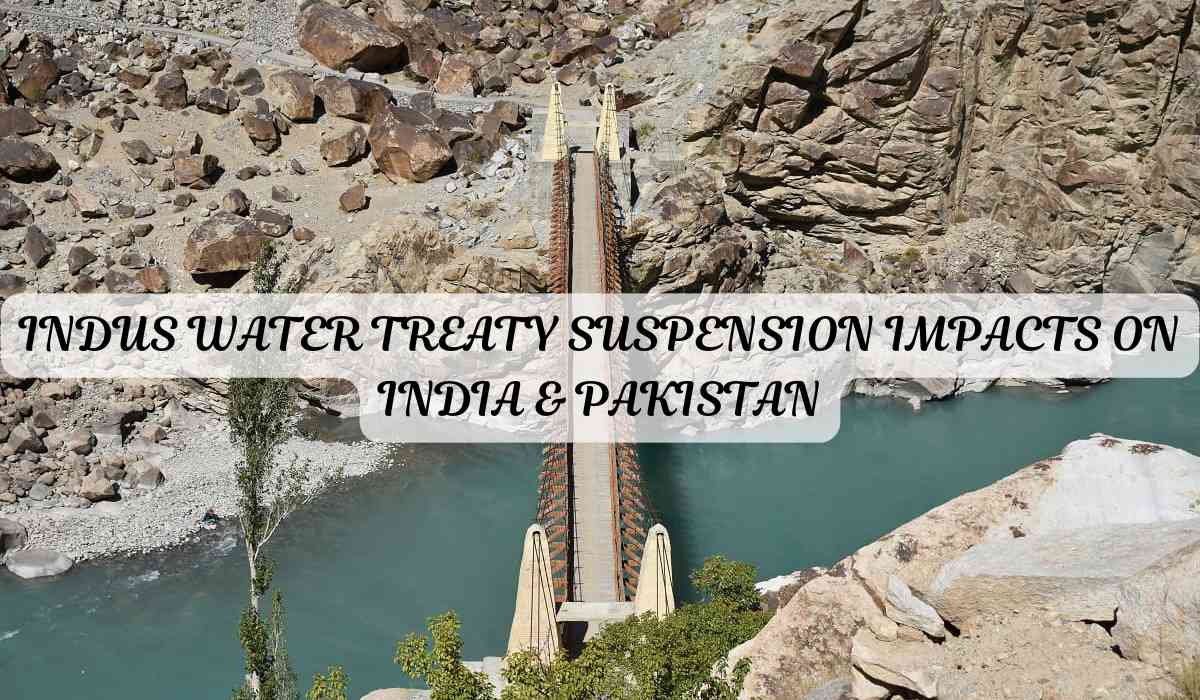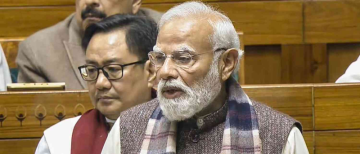India has placed the Indus Waters Treaty (IWT) with Pakistan on hold, marking a significant shift in its cross-border water diplomacy. For the first time since the treaty was signed in 1960, India placed the agreement in “abeyance” until Pakistan “abjured cross-border terrorism.”
The move comes after the deadly Pahalgam terror attack, which killed 26 Indian nationals and was linked to Pakistan-backed terrorists. The suspension of the treaty and the introduction of a multi-tiered action plan are seen as India’s response to Pakistan’s persistent sponsorship of terrorism on Indian soil.
This action marks a watershed moment in India-Pakistan relations and raises questions about the future of the geopolitical landscape between the two nuclear-armed neighbours.
Historical Background: How the Indus Waters Treaty Was Divided
Signed in 1960 in Karachi and brokered by the World Bank after nine years of negotiations, the Indus Waters Treaty allocated the water of the Indus River system between India and Pakistan.
-
India received full control over the eastern rivers — Ravi, Beas, Sutlej — with a combined annual flow of about 33 million acre-feet (MAF) or 41 billion cubic meters (bcm).
-
Pakistan received the rights over the western rivers — Indus, Jhelum, Chenab — with a much larger annual flow of about 135 MAF (99 bcm), roughly 80% of the system’s total flow.
The treaty allowed India only limited non-consumptive use of the western rivers for purposes such as hydropower generation, navigation, and fisheries, without altering or storing the water flow. This imbalance has long been a source of frustration for India, especially in light of Pakistan’s ongoing involvement in terrorism.
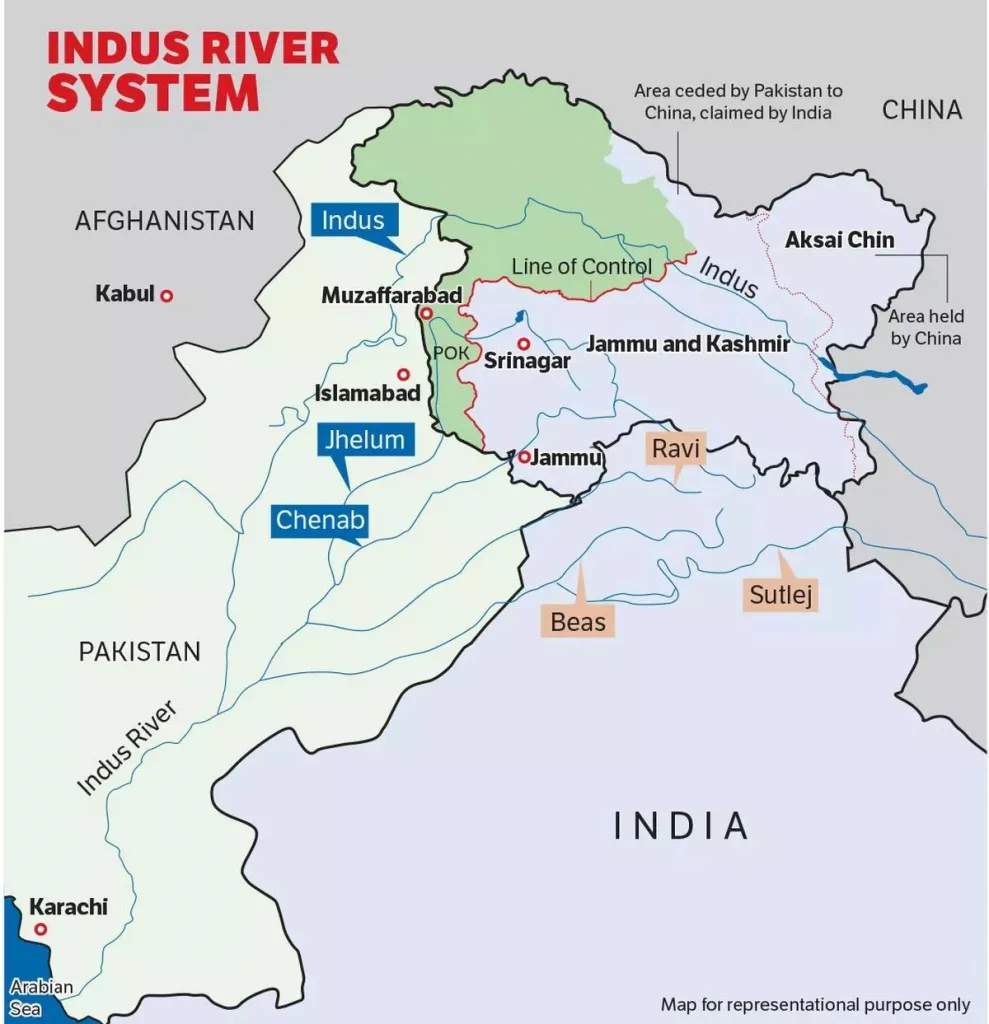
How Crucial Is the Indus System for Pakistan?
The Indus River System is Pakistan's lifeline:
-
Historically, Pakistan has relied heavily on this water, using nearly 93% of the Indus River System’s flow for irrigation and power generation.
-
80% of Pakistan’s irrigated land depends on these waters.
-
The Indus System supports about 25% of Pakistan’s GDP through agriculture.
-
The treaty became a symbol of cooperation that survived wars in 1965, 1971, 1999, and many periods of tension.

The Lopsided Nature of the Treaty
The IWT has often been viewed as lopsided in favour of Pakistan, as India has had full access to the eastern rivers, while its use of the western rivers has been significantly constrained:
-
India's use of the eastern rivers: India has effectively utilized its full share i.e. 95% of water from the eastern rivers for irrigation in Punjab, Haryana, and Rajasthan and for hydropower generation through major dams like the Bhakra Dam (Sutlej), Pong Dam (Beas), and Ranjit Sagar Dam (Ravi).
-
India's limited use of the western rivers: India’s use of the western rivers has been restricted to run-of-the-river hydropower projects, such as the 330 MW Kishanganga and the under-construction 850 MW Ratle projects. These projects do not impede the flow of water to Pakistan.
Despite having the potential to harness the western rivers effectively, India’s existing infrastructure is minimal due to treaty restrictions.
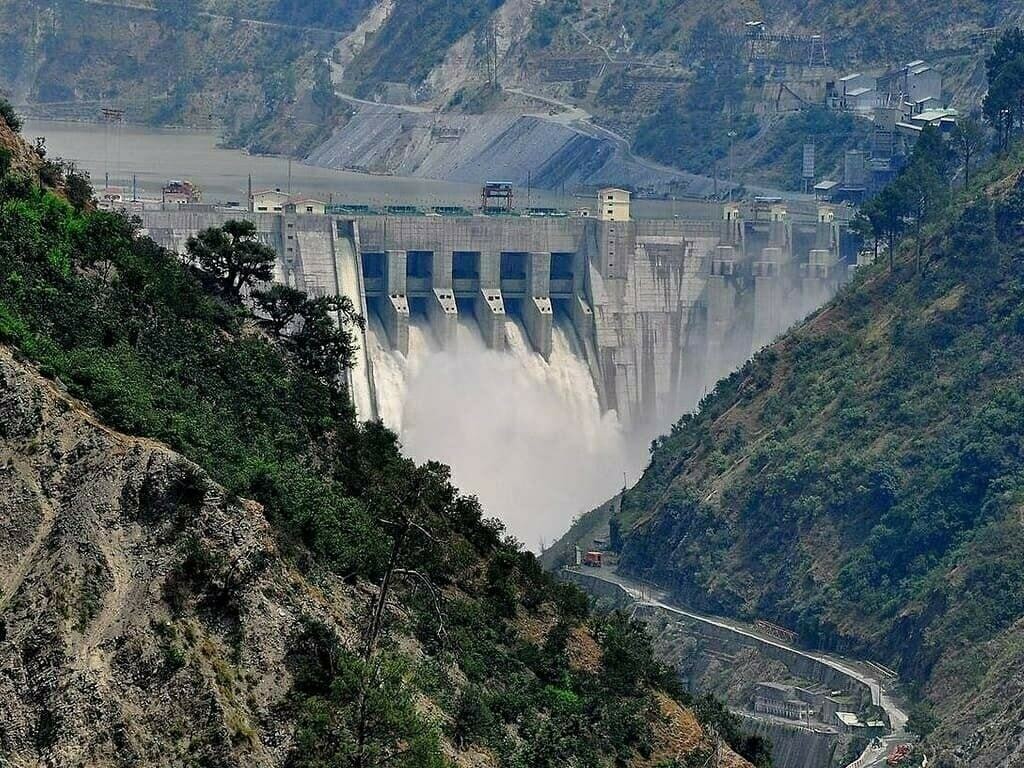
Why India Suspended the Indus Waters Treaty
On April 24, 2025, India formally informed Pakistan that the Indus Waters Treaty would be held in “abeyance,” halting all treaty-related obligations.
Following a meeting chaired by Union Home Minister Amit Shah, the Indian government decided to suspend the IWT. Key figures present included Jal Shakti Minister CR Patil and Water Resources Secretary Debashree Mukherjee.
Debashree Mukherjee, Secretary of Water Resources, delivered the notification to her Pakistani counterpart, Syed Ali Murtaza, stating:
“The obligation to honour a treaty in good faith is fundamental to a treaty. However, what we have seen instead is sustained cross-border terrorism by Pakistan targeting the Indian Union Territory of Jammu and Kashmir.”
She further stated:
"Despite many opportunities, Pakistan has failed to demonstrate a willingness to foster normal relations and a conducive environment for the faithful implementation of the Indus Waters Treaty."
The suspension was framed as a justified response under international law, citing Article 60 of the Vienna Convention on the Law of Treaties (1969), which allows suspension if a party breaches the agreement.
Prime Minister Narendra Modi’s 2016 declaration after the Uri terror attack was invoked:
“Blood and water can't flow together at the same time.”
The government concluded that Pakistan’s continued sponsorship of terror rendered the obligations under the IWT untenable.
Following the Pahalgam attack, India finally acted on long-standing frustrations and paused the IWT until Pakistan "abjured cross-border terrorism."
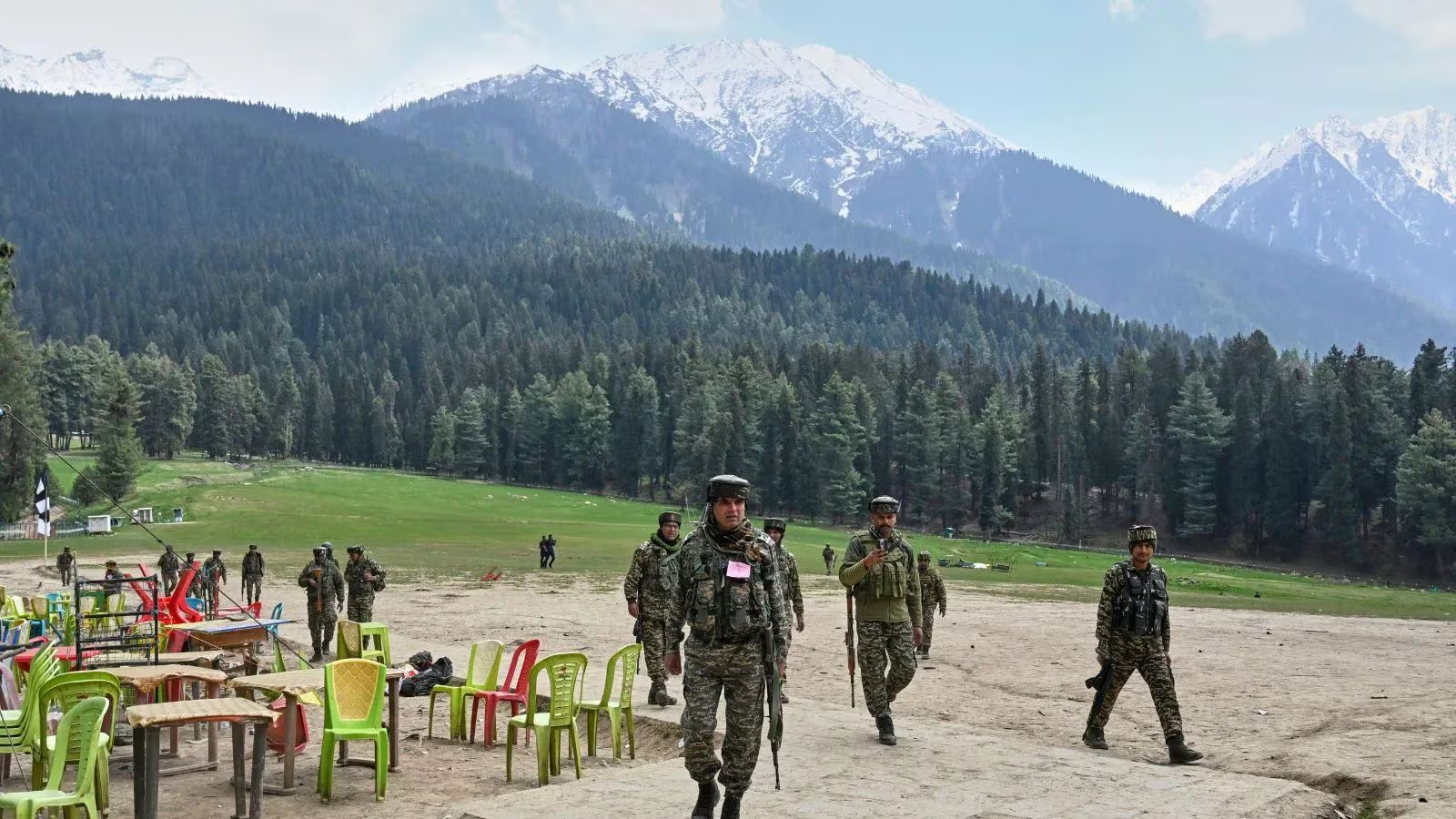
India’s Three-Phase Plan to Stop Indus Water Flow
At a high-level meeting at Union Home Minister Amit Shah’s residence, attended by Jal Shakti Minister CR Patil and other stakeholders, a three-step plan was devised:
1. Short-term Actions
-
Anti-Terror Operations: Intensified anti-terror operations in Jammu and Kashmir to disrupt terror networks.
-
Diplomatic Actions: Removal of Pakistani nationals from India. A 72-hour deadline for all Pakistani nationals in India to depart the country, effective from April 26, 2025. Chief ministers were contacted by Shah to initiate deportation processes.
-
Visa Restrictions: Suspension of all Pakistani visas except for Long Term Visas (LTVs) granted to persecuted Pakistani Hindus.
CR Patil stated during the meeting:
“We will ensure that not a single drop of water flows into Pakistan from India.”
Home Minister Amit Shah told officials that India needed to take “all steps required” for “terror-free water flows.”
2. Mid-term Measures
-
Infrastructure Development: The focus here is on bolstering India’s ability to retain, divert, and repurpose water. Plans include desilting of existing dams to improve their storage capacity, initiating new storage reservoir constructions to retain water that would otherwise flow into Pakistan, and starting the diversion of river flows to maximise domestic water usage by building new small reservoirs and diversion channels.
-
Fast-tracking hydroelectric projects: Several hydroelectric projects in Jammu and Kashmir that were previously hindered by IWT’s consultative clauses are now set to move forward, increasing India’s water control.
3. Long-term Strategies
-
Boosting electricity generation through the optimal use of the eastern rivers.
-
Strategic reservoir flushing operations, like those on the Kishanganga project, are to enhance dam lifespan and water control.
-
Fast-tracking major hydroelectric projects like Pakal Dul (1,000 MW), Ratle (850 MW), Kiru (624 MW), and Sawalkot (1,856 MW) — all located on the Chenab or its tributaries.
-
Strategic use of existing infrastructure to control flows during lean seasons.
-
Full Utilisation of the Indus Basin: India aims to fully harness the potential of the western rivers through infrastructure improvements. However, the construction of large-scale dams and storage reservoirs is expected to take significant time, potentially 5 to 10 years, due to challenges related to complex terrain, funding, and environmental clearances.
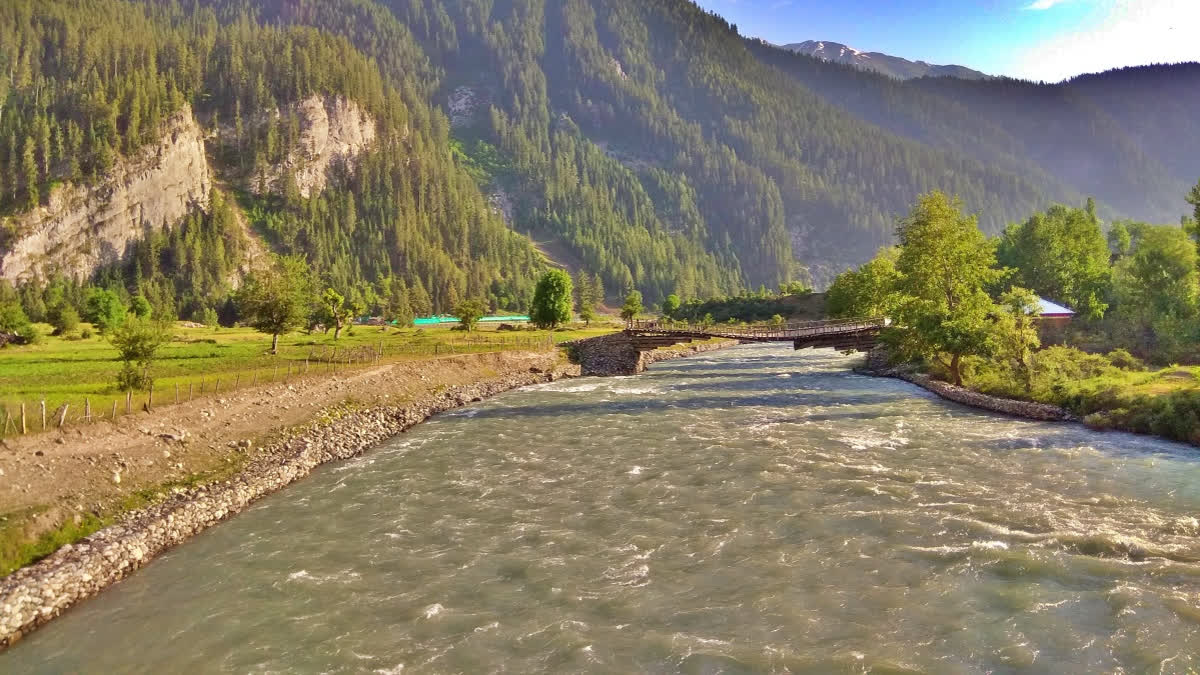
Challenges in Completely Turning Off the Tap
Despite suspending the treaty, experts believe that India’s ability to significantly alter water flows in the short term is limited:
-
India's existing dams and barrages on the western rivers have a storage capacity of less than 1 MAF.
-
Major dams and projects will take 5–11 years to complete due to complex Himalayan terrain, funding issues, and environmental clearances, as seen with the Kishanganga and Pakal Dul projects.
However, India’s ability to quickly alter water flows is limited by the current lack of storage infrastructure on the western rivers. While the suspension opens the door for India to build new dams, it will take time for these projects to be developed and fully operational. While India has gained the legal and diplomatic space to act, infrastructural limitations mean turning off Pakistan's water tap will take several years.
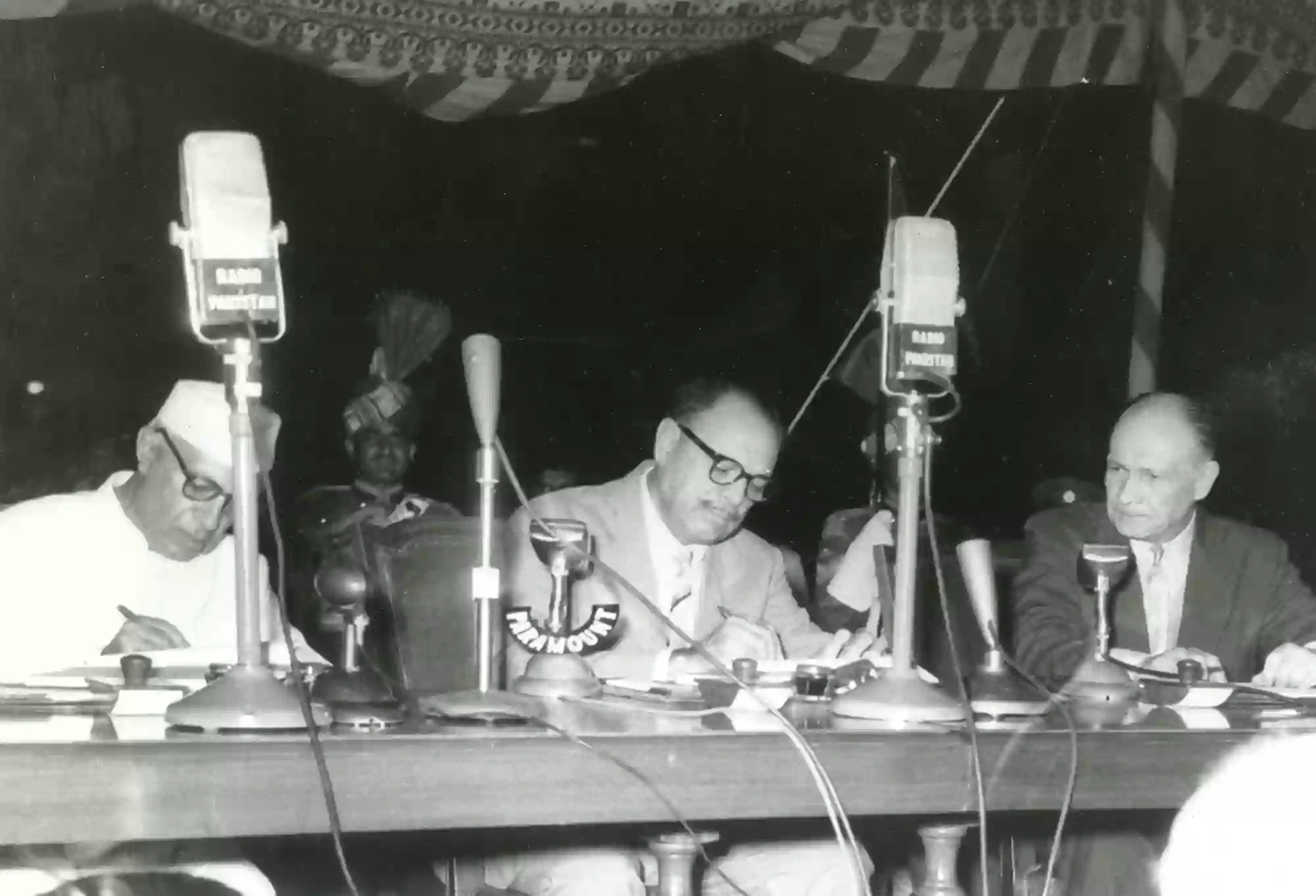
What Changes Now That the Treaty Is Suspended?
With the suspension of the IWT, India has removed the constraints that previously limited its ability to develop infrastructure on the western rivers. This could pave the way for India to explore new storage and diversion projects. However, India’s ability to immediately alter water flows is still constrained by existing infrastructural limitations.
Key changes following the suspension include:
-
No obligation to notify Pakistan about new projects or share data on western rivers.
-
No sharing of hydrological data on flows and reservoirs.
-
India gains the freedom to plan new infrastructure without treaty constraints.
-
Halting cooperation: India will no longer entertain Indian project site visits by Pakistani inspection officials.
-
Reservoir flushing: India can now undertake reservoir flushing on projects like the Kishanganga, which can help increase the life of the dam by clearing sediment buildup.
-
Flooding and drought risks: Without advance notification about water flow, Pakistan could face risks related to flooding or droughts.
Despite these shifts, India’s dams and barrages on the western rivers can only store a fraction of the water that flows into Pakistan. This means that India cannot drastically alter water flows in the short term.
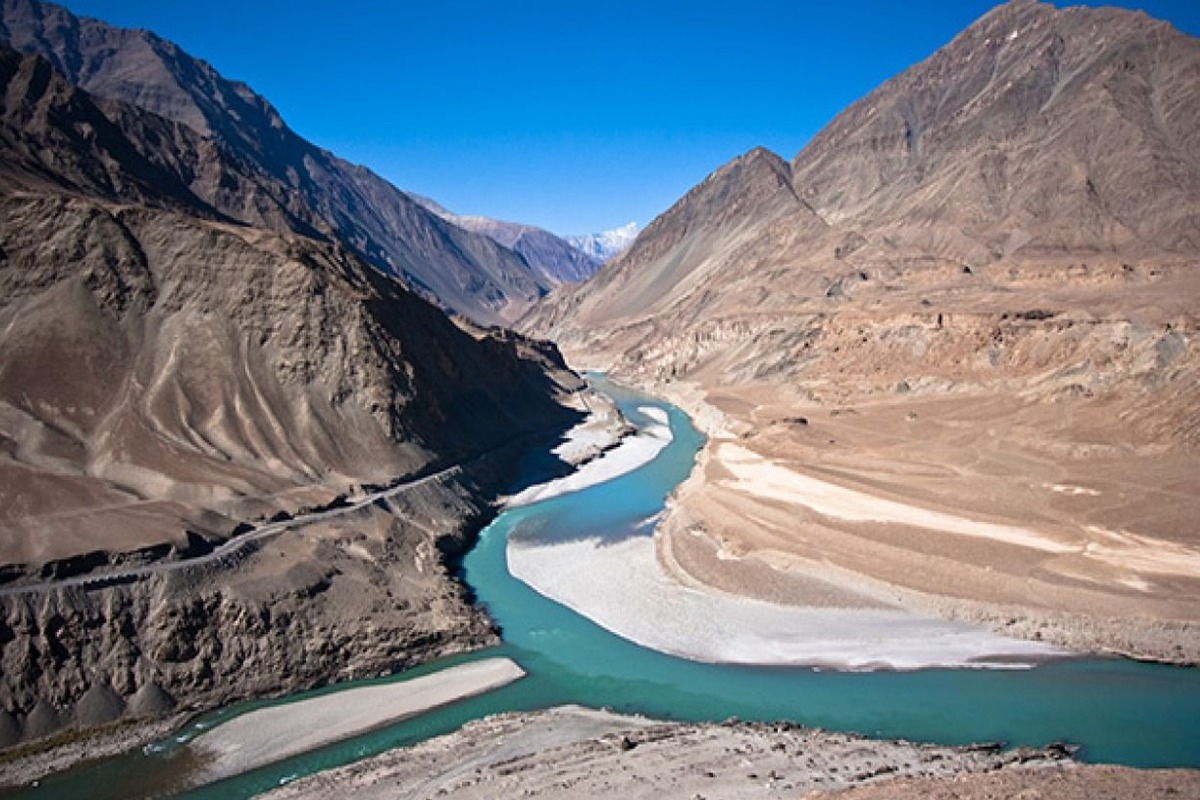
Existing and Upcoming Projects on Western Rivers
Several key projects — completed, under construction, or planned — will help India maximise its water use:
-
Pakal Dul Hydro Project (1,000 MW) – Chenab’s tributary Marusudar.
-
Ratle Hydro Project (850 MW) – Chenab.
-
Kiru Hydro Project (624 MW) – Chenab.
-
Sawalkot Hydro Project (1,856 MW) – Chenab.
-
Ujh Multipurpose Project (925 MCM gross storage)– on the Ravi tributary.
-
Shahpurkandi Dam – on the Ravi, now completed, diverts 1,150 cusecs of water for irrigation that earlier flowed into Pakistan.
-
Kishanganga Project – stores about 18.35 MCM on the Jhelum’s Kishanganga tributary.
Even after completion, these projects will only modestly increase India’s water retention capability compared to Pakistan's dependency on the Indus system.

Can India Legally Withdraw from the Indus Waters Treaty?
Yes, India has the option of legal exit.
Given the IWT's international nature with the World Bank as a guarantor, India is preparing to handle any legal challenges. Officials cite the Vienna Convention on the Law of Treaties (1969), particularly Article 60, which permits treaty suspension or withdrawal if the other party commits a material breach.
Debashree Mukherjee, in her letter, also pointed out that India's past requests to amend the IWT to address growing energy and population needs were consistently ignored by Pakistan.
Sources confirmed India’s readiness to defend its position at international forums like the World Bank or the UN if needed.
Moreover, India has already pointed out Pakistan’s failure to revise or modernise the treaty, despite India’s repeated requests to update it in light of growing energy demands and population pressures.
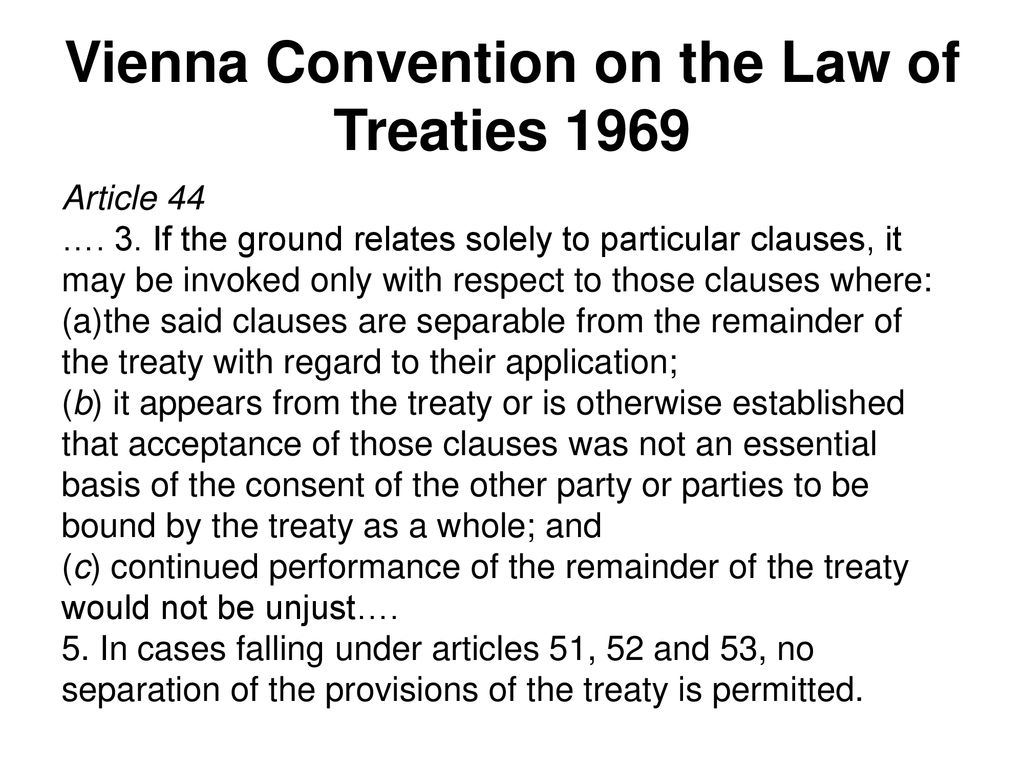
Political Reactions
Omar Abdullah, former Chief Minister of Jammu and Kashmir, expressed his support for the move, stating:
“As far as Jammu and Kashmir is concerned, let’s be honest, we have never been in favour of the Indus Water Treaty. We have always believed that the IWT has been the most unfair document to its people.”
Meanwhile, the BJP released a campaign video showcasing how Pakistan's agriculture, largely dependent on the Indus system, could be crippled, reiterating Prime Minister Modi’s 2016 warning:
“Blood and water cannot flow together.”
The video stressed that while Pakistan uses 80% of the Indus waters for agriculture, India uses only a third of the basin's total water.
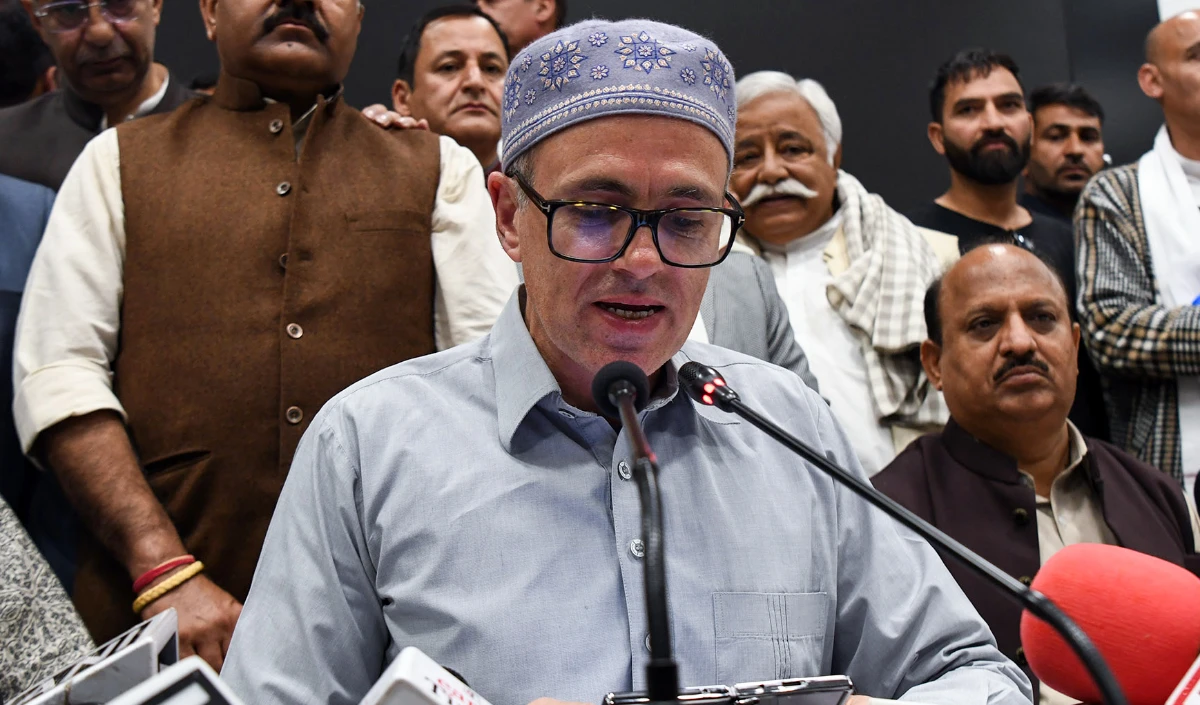
Pakistan’s Fierce Reaction
Pakistan has rejected India's suspension of the treaty, calling it an “act of war.” Officials in Islamabad warned that any disruption of their allocated water supply would be treated as a hostile act.
Highlighting the existential threat, Bilawal Bhutto of the Pakistan Peoples Party stated:
"Either our water will flow through it, or their blood will."
Pakistan’s economy, with 25% of its GDP dependent on agriculture fed by the Indus system, now faces its gravest challenge yet in terms of water security.

A Watershed Moment
India’s suspension of the Indus Waters Treaty signals a new era where water becomes a strategic tool against terrorism. While immediate impacts may be limited due to infrastructural bottlenecks, the move opens doors for India to assert long-term control over Pakistan’s agriculture and economy. India’s control over its rivers, especially during dry seasons, could prove to be a powerful pressure tactic, reshaping South Asia’s geopolitical landscape.
With rising domestic water and energy demands and persistent cross-border terror threats, India is redefining the contours of its relationship with its western neighbour, not with guns or diplomacy alone, but through the control of its most vital resource: water.
With inputs from agencies
Image Source: Multiple agencies
© Copyright 2025. All Rights Reserved Powered by Vygr Media.

